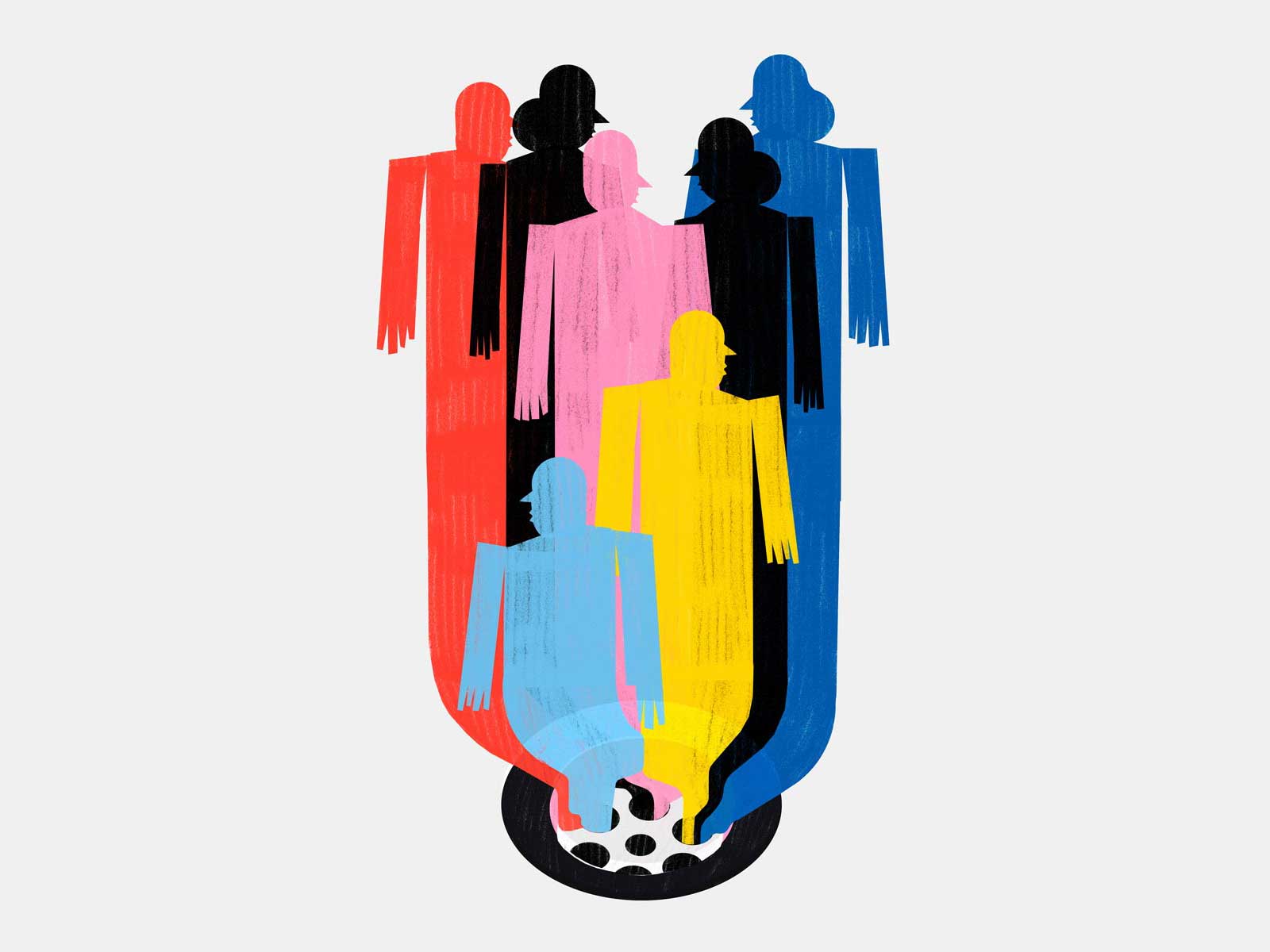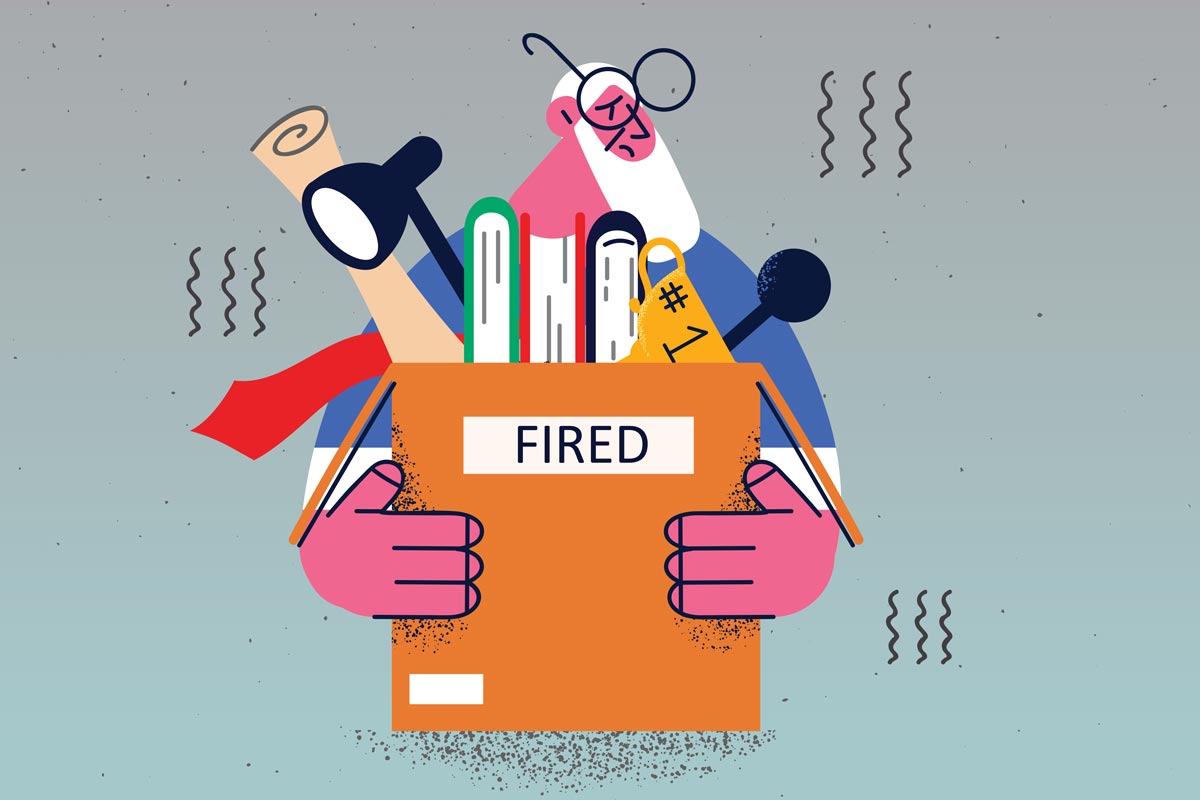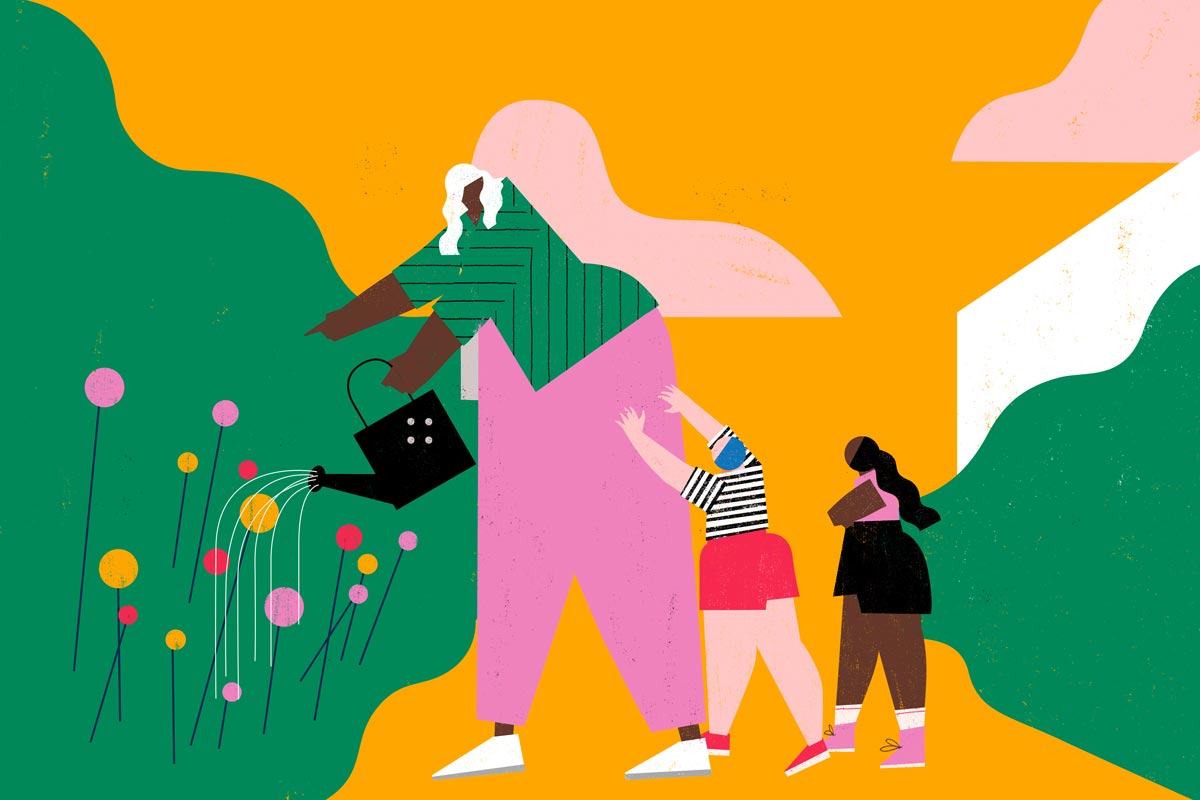Ageism is stereotyping, prejudice, and discrimination of older people because they are old. “Ageism,” according to The World Health Organization, “is the most widespread and socially accepted prejudice today.” It is disheartening that Americans give so little attention to this issue, especially since our population is aging dramatically.

In June, while I was in France visiting my son, Dan, and his wife, I went to see Loma, a dazzling building in Arles designed by the architect Frank Gehry, age 95, to capture the spirit of the local mountains and Van Gogh’s Starry Night. Gehry’s ongoing creativity was inspiring to me as my 88th birthday is coming right up in a few days.
This week, in contrast, I had a most discouraging experience. I met with a group of highly educated, successful women in their 50s and early 60s who were looking for new jobs. They told me they were finding it unexpectedly difficult for them to be hired in another top-level position. They were upset and unsettled and I was, too. Gendered ageism is also pervasive. It denies older women new employment opportunities and undermines their financial stability. According to a study by author and executive coach Bonnie Marcus and Catherine Lindner, 80% of the women surveyed experienced some form of gendered ageism.

These experiences made me want to write about ageism again.
For the last eight years, I have been on a mission to help people learn what being older is actually like. One part of the picture is that most Americans dread aging. We cling to beliefs about older people that have been disproved. We assume that older people are slow, unable to learn new things, incompetent, frail, rigid, irritable, and forgetful.
Internalized Ageism is Deadly
Both younger and older adults internalize these false myths. It is inevitable, of course, that younger people eventually grow old. If they harbor negative thoughts about aging, they end up turning against themselves. Becca Levy, Ph.D., a professor at Yale University, discovered in her research that our negative thinking about aging is costing us years of life. Her research has determined that people who have positive thoughts about aging will live 7.5 years longer than those with more negative thinking.

And there are other important consequences. Older people with negative thoughts about aging limit their activities and shrink our worlds. We meet prejudice and discrimination when we attempt to stay in the workplace and positions of power. We confront ageism when we venture out even if we don’t see it. So many of us elders say “no” to the opportunities we could pursue. Out self-esteem diminishes. Our physical and mental health suffer and our quality of life deteriorates. We are lonelier and more socially isolated than is good for us. Yet most of us can expect to live for decades, maybe even 40 years, past 60.
Our leaders are old, too. Biden is 79, Nancy Pelosi 82, Mitch McConnell 80, and Trump is 76. The 117th Congress is the oldest ever. Fifty percent of the Senate is over 65 or older. But our older leaders are not given much respect either. Far from it. The media highlight any signs of aging such as faltering coming downstairs or verbal gaffes. Any small blunder made by a leader is played over and over online and in the news. The headline of a front-page story in the New York Times on July 10, 2022, was:
Biden, at 79, Show Signs of Aging
And Aides Fret About His Image
It would be more productive to focus on the quality of our leaders’ policies rather than look for signs of aging.
False Traps of Ageism
There are reasons why we fall into the trap of these false generalizations about aging. Many of our negative attitudes were handed to us by our parents and grandparents who grew up when old age was far less pleasant than now. All our life we get barraged by negative portrayals of older people on TV and in the media. But even more often, older people are absent from most of the action, invisible altogether.
You are probably wanting to say, “Hey, wait a minute, Katharine, I am not seeing any discrimination or prejudice towards old people in my daily life.” I get it. The fact that the old people you know are not playing important roles seems natural, just the way life is. Also, that elders in your community are usually segregated from other generations seems normal too. And the fact that it is hard for most people over 50 to get good jobs may also seem like just the way capitalism works. But does it have to be that way?

I have learned that once you are aware of ageism, like learning a new word, you suddenly see it all around you. You might, for example, observe that there are few geriatric specialists near your or older family members. Also, you learn that clinical research trials usually exclude older people. You observe the few old people play key roles in community organizations. You notice that old people do not serve on juries. Is that kindness or is it discrimination?
The New Old Age
There is another story that I call The New Old Age, that must be told to everyone in our country. It starts with what old age is like today for most people in their 70s and 80s. The majority of us are self-sufficient with time and talents to contribute to society.

Because of modern medicine, most of us older people today can live active pain-free lives. And we can be creative and productive. Frank Gehry isn’t one-of-a-kind. Look at some of the other people who continued to be creative as elders: Dickens, Albert Einstein, Ben Franklin, Picasso, Mother Theresa, Leonard Cohen, Georgia O’Keefe, and Dr. Jane Goodall, to name a few.
There’s much to celebrate about growing old:
- Older brains can continue to heal.
- Older people have fewer mental health issues than others.
- Older people are less depressed, less stressed, and less angry than younger generations.
- Older people are happier than younger generations.
- Older people give more philanthropic gifts than others.
- They vote more than others.
- They recycle more than others.
Amazing, huh? Conclusion? Older people are a vastly untapped national treasure.

Chronological age is not a good measure of the capabilities of any individual. We age differently. Older people are not all the same and should not be seen as a homogeneous group. Join me in getting out the word on the realities of old age today. And finally, consider how this story could change your life.
For age is an opportunity not less than youth itself. As the evening twilight fades away the sky is filled with stars invisible by day.
~ Henry Wadsworth Longfellow

eightysomethings #psychology #health #spirituality #ageism


